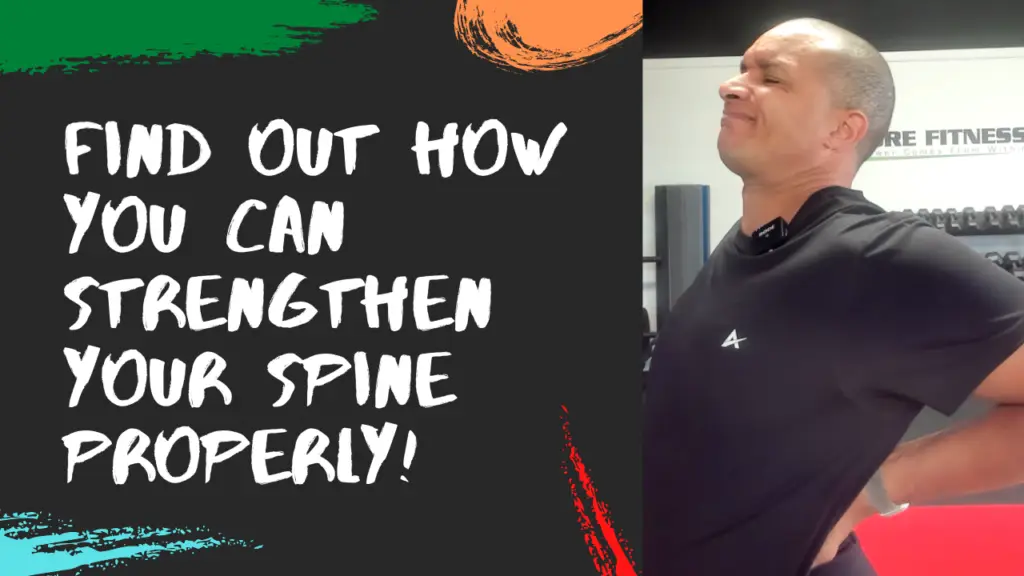
Click on the image to watch the video
Why True Spinal Health Starts on the Inside
When most people search for spinal wellness, they see advice for planks or one-size-fits-all core exercises. But your spine is a complex system, not a simple column—it relies on layers of small stabilizer muscles, ligaments, fascia, and the interplay between the diaphragm and abdominal wall to manage forces and protect structure.
Thinking of your spine as a “dynamic bridge,” every segment needs to distribute forces—much like support beams sending weight through a bridge’s arch. If you only train surface-level muscles, the bridge weakens, but if you start deep—activating small motors at each segment—you send signals to your brain that enable better movement control and stability at every step.
The Biomechanics of Spinal Progression
Why Starting Deep Matters
Biomechanics explains that compressive forces from gravity, body weight, and movement are magnified through the spine, especially if stabilizing muscles have a tiny moment arm (distance from the joint). Small deep muscles substantially increase compressive load-resistance and prevent buckling, instability, and pain even with everyday activities the spine withstands hundreds of pounds of pressure.
Imagine trying to stand tall on a flexible tower: without tightly coordinated “cables” inside, it would collapse under even mild stress. Your spine’s deep muscle system acts as internal cables, holding shape and resisting collapse under daily life loads.
Muscle Activation and Intelligent Strength
Research shows the brain recruits small, deep stabilizers first, before letting larger muscles move your torso or limbs. When deep stabilizers are “intelligent” (well-activated and aware), you get stronger feedback about posture, coordination, and load-sharing. This prevents overuse at one spot and helps every joint, disc, and ligament function optimally throughout each movement.
Segmental Strengthening and ELDOA: A Targeted Starting Point
Protocols like ELDOA (Elongation Longitudinal avec Decoaptation Osteo-Articulaire) focus on segmental strengthening by opening specific spinal levels, enhancing proprioception, and distributing loads in the most natural way. Every segment becomes a “mini shock absorber,” spreading out the forces that, without attention, could degrade tissues or increase nerve pressure.
ELDOA: The Ultimate Spine And Joint Exercises
How to Progress Safely for Sustainable Spinal Health
- Begin where you are: strengthening inside-out, not just on the surface.
- Progress from deep activation (e.g. segmental/ELDOA) to broader core and postural training when ready.
- Focus on alignment, breath control, and listening to body feedback for the safest path forward.
Making the Science Relatable
Spinal biomechanics may sound technical, but the takeaway is simple: build your program like you’d reinforce a bridge, starting with hidden supports, then adding broader beams as the structure allows. Educate your body so it can “feel” and adapt to force, rather than simply powering through on autopilot.
Key Takeaways
Respect the science and let your body grow from the inside out for optimal spine wellness.
Spinal health is about layered progression and intelligent muscle activation, not just surface moves.
Segmental and ELDOA-type training gives your spine the hidden strength and feedback needed for longevity and pain-free living.
Find out more @
it’s not just working out, it’s building a foundation for a better life.

Leave a Reply